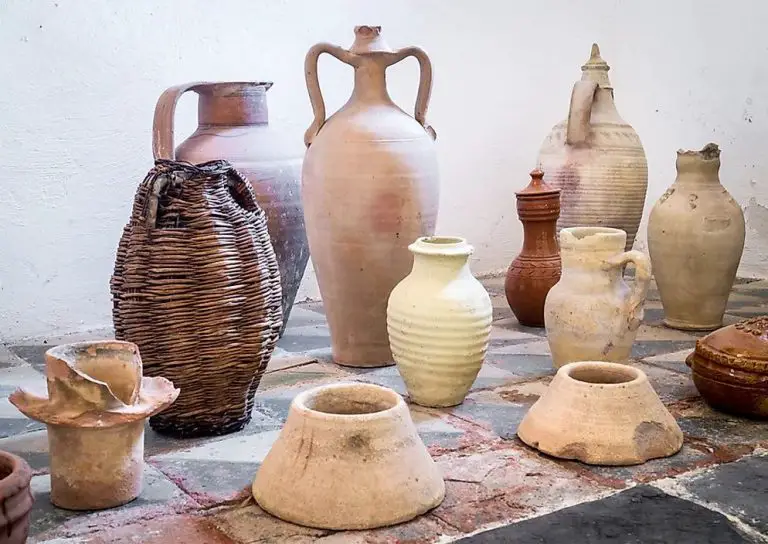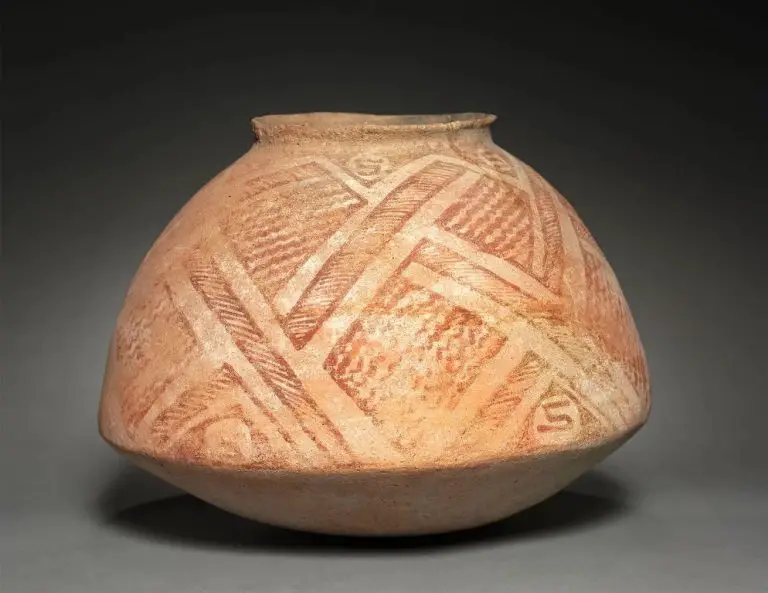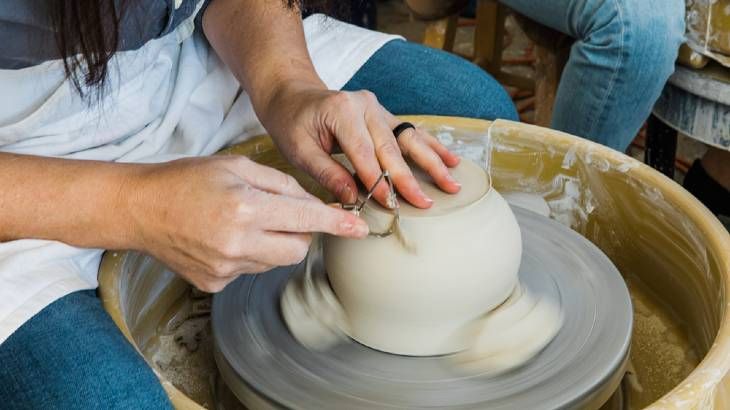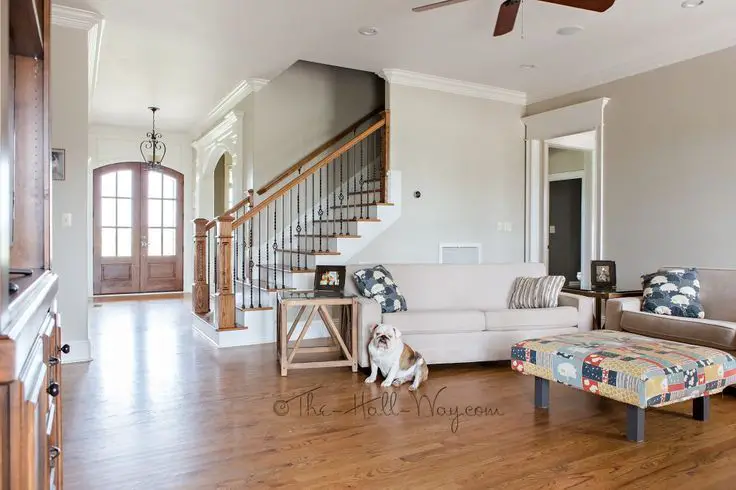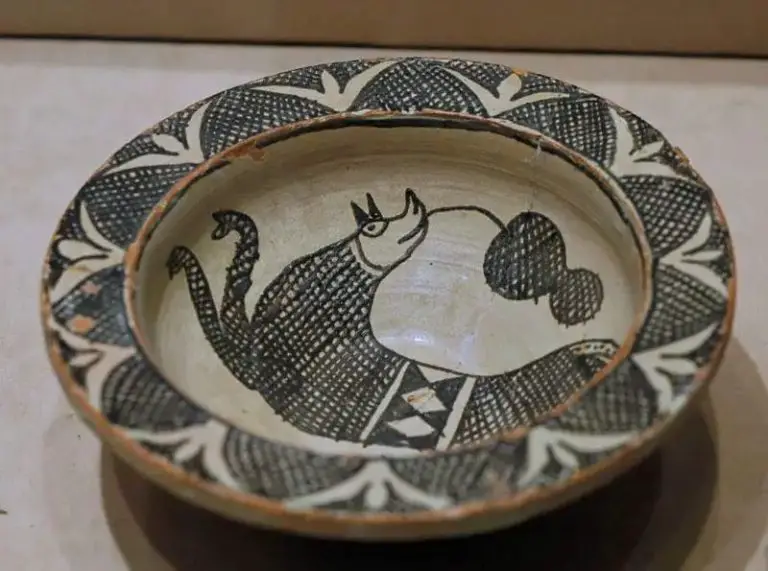What Type Of Clay Should You Use To Form Coils?
Coil building is a handbuilding technique in ceramics where coils of clay are stacked and joined together to form a hollow form or sculpture. The technique dates back thousands of years, with examples found across many ancient cultures including Native American pottery and African sculptures. Coil building involves rolling out “snakes” or coils of clay, then carefully stacking and blending the coils together while leatherhard. The artist can create pots, vases, bowls and other functional pieces, as well as freeform sculptural works.
When choosing clay for coil building, it’s important to find a clay body that has enough plasticity and strength. The clay needs to be flexible and malleable when forming the coils, yet strong enough in the greenware state to support the form as it is built up. The clay also needs good adhesion properties so the coils bond together well. Additionally, the clay needs to fire to an appropriate temperature for the desired end result, and be free of impurities that could cause cracking or weak spots.
Earthenware Clay
Earthenware clay is one of the most commonly used clays for handbuilding and coiling. It has some key properties that make it well-suited for coiling:
– It has a smooth, plastic texture that is easy to wedge and form into coils without cracking. The clay is flexible when wet but firms up nicely when partially dry, allowing coils to support themselves.
– Earthenware fires to a porous, opaque finish. This allows moisture to evaporate from the clay as it dries and fired vessels won’t hold water. The porosity makes earthenware lighter than vitreous clays.
– It fires at lower temperatures, typically between 1600°F – 2100°F, making it easier and more accessible to fire in home studios. Earthenware doesn’t require a high-fire kiln.
– It comes in a wide range of natural colors like red, brown and white. Coloring oxides can be easily added to create diverse effects. The raw clay accepts glazes and paints readily.
– Earthenware is inexpensive and readily available from most ceramic suppliers, making it an economical choice.
Stoneware Clay
Stoneware clay is very strong, durable, and vitreous. It becomes watertight when fired to a high temperature. Stoneware clay contains many small particles, giving it a very fine, smooth texture that is excellent for creating shapes with intricate detail. When bone dry, stoneware clay becomes very hard and difficult to re-wet. It can be fired between 2,200°F to 2,500°F. At these high temperatures, the clay vitrifies and becomes non-porous. Glazes bond very well to stoneware’s tight surface.
Stoneware clays are available in a range of colors including grey, buff, red, and brown. The natural color of fired stoneware varies from light grey to dark brown, depending on the clay body and firing temperature. Many ceramic artists prefer stoneware clay for sculptural work because it holds finer detail and offers more strength than earthenware clay. The finished pieces have a distinctive appearance and stone-like quality.
Some drawbacks of stoneware clay are that it can be difficult to wedge and center on the wheel. It also requires higher firing temperatures and longer firing times than other clays. The shrinkage rate of stoneware is about 8-11%. Due to its longer vitrification process, energy costs will be higher as well. Glazing stoneware can also take some testing to achieve the right fit and surface quality.
Porcelain Clay
Porcelain clay is very fine and dense with excellent white color. It is smooth and elastic. When fired at high temperatures around 2300°F, porcelain becomes vitrified, non-porous, and translucent. This makes it ideal for items like tableware, sculpture, and electrical insulators.
Some key properties of porcelain clay include:
- Very white and translucent when fired
- Does not absorb water
- Withstands freezing temperatures
- Durable and hard
- Smooth texture for finer details
- Non-stick and stain resistant
- Low plasticity requiring slab construction
- High firing temperature around 2300°F
Porcelain’s beauty, strength, and resistance to water makes it popular for plates, cups, vases and other decorative pieces. However, it requires more specialized skills to work with due to its lack of plasticity. Proper drying and firing is also critical to avoid cracking. When worked with properly, porcelain clay can result in heirloom quality creations.
Plasticine Clay
Plasticine clay is a non-hardening, putty-like modeling clay that is made from calcium salts, petroleum jelly and aliphatic acids. It has some unique properties that make it suitable for coiling:
- Soft and malleable – Plasticine has a smooth, soft texture that is very easy to manipulate into coils and other shapes. It doesn’t dry out or become brittle.
- Non-hardening – Unlike other clays, plasticine remains soft indefinitely. Coils made from plasticine clay can be worked and reshaped multiple times.
- Bright colors – Plasticine comes in a wide range of bright, vibrant colors like red, blue, green and yellow. This allows for colorful coiled creations.
- Reusable – Leftover plasticine clay can be stored in an airtight container and reused indefinitely. There is no waste.
- Holds shape – Plasticine coils are able to hold their shape fairly well without sagging or deforming.
- Smooth finish – The surface of plasticine clay is smooth and non-sticky. Finished coils have a nice finish.
- Inexpensive – Plasticine clay is very affordable and available at most craft stores.
The non-drying property makes plasticine a good choice for beginning coil builders who want to practice coil building techniques without having to remake clay each time. The colorful nature and ability to continually reuse plasticine clay also appeals to children.
Polymer Clay
Polymer clay is a type of modeling clay that cures when baked in a regular household oven. It is made of PVC resin, modifiers, and coloring pigments. Here are some key properties of polymer clay:
- Very smooth, pliable texture. Easy to condition and shape.
- Holds fine detail well. Great for sculpting and molding intricate designs.
- Available in a wide variety of colors that can be blended and mixed.
- Does not dry out or become brittle. Can be reused and reworked multiple times.
- Once cured, it hardens into a strong, durable plastic that does not shrink or crack.
- Takes on a glossy finish when cured, no need to apply a sealer.
- Can be painted, drilled, sanded, and finished after curing.
- lightweight, making it easy to wear or display finished pieces.
The smooth consistency and versatility of polymer clay makes it a popular choice for detailed sculptures, jewelry, decorative items, and more. Its ability to hold fine detail and cure into a strong plastic provides endless creative possibilities.
Air-Dry Clay
Air-dry clay is a type of modeling clay that dries and hardens at room temperature. It is made from a mixture of minerals, water, and an oil-based additive. Unlike other clays that require firing at high temperatures, air-dry clay will harden when the water evaporates.
The main properties of air-dry clay that make it suitable for coil building are:
- Easy to Work – Air-dry clay is soft and smooth right out of the package, making it very easy to manipulate and shape.
- Quick Drying – It air dries at room temperature within 24-48 hours. This allows projects to be completed relatively quickly.
- No Baking Required – Since it dries at room temperature, no kiln or oven is needed. This makes it more accessible to hobbyists.
- Good Surface Detail – Air-dry clay holds fine details well like textures, patterns and cut outs.
- Colorful – It comes in a wide variety of colors from skin tones to bright neon.
- Lightweight – Structures made from air-dry clay are lightweight and portable.
The air-drying quality makes it a good choice for constructing free-standing coils and coils for covering objects. The finished pieces will be durable yet still lightweight.
Comparison of Clays for Coil Building
Each type of clay has its own pros and cons when used for coil building. Here’s a quick comparison:
Earthenware Clay
Pros:
- Very plastic and sticky – coils adhere easily
- Low firing temperature allows faster production
- Affordable and accessible
Cons:
- Heavy and prone to cracking/warping
- Absorbs water so needs to be sealed
- Brittle when fired
Stoneware Clay
Pros:
- Nice plasticity makes coiling easier
- Withstands thermal shock well
- Less prone to cracking/warping
Cons:
- Heavier than porcelain
- Higher firing temperature increases time/costs
Porcelain Clay
Pros:
- Very smooth texture perfect for coils
- Doesn’t warp or crack easily
- Bright white color after firing
Cons:
- Expensive and less accessible
- Brittle if mishandled
- Highest firing temperature
Plasticine, polymer and air-dry clays are better suited to sculpting than coil building due to their flexible nature after drying/curing. They can be used to supplement coils in certain mixed media projects.
Best Practices
When working with coils, follow these best practices for success:
Start with consistent coils. Roll out coils that are an even thickness and width. This will make them easier to join and build with.
Score and slip. Use a tool to score or scratch the surfaces you want to join, then apply slip (liquid clay) to help fuse the coils together.
Blend the joints. Once joined, blend the seams by gently smoothing over them with your fingers, a silicone tool, or a moistened brush. This will hide the seams.
Work evenly. Build up coils evenly so walls maintain uniform thickness. Going too fast may cause slumping or thin spots.
Support the weight. As the piece grows, add internal support like wadded up newspaper or pieces of foam. This prevents drooping or collapse.
Let dry slowly. Cover pieces with plastic as they dry to retain moisture and prevent cracking. Don’t rush the drying process.
Following these tips will lead to beautifully crafted coil builds with no visible seams.
Conclusion
When choosing which type of clay to use for coil building, consider the characteristics and properties of each as summarized below:
Earthenware clay is an affordable, porous option good for beginners. Stoneware clay is dense, durable, and resists cracking. Porcelain clay requires more skill but creates delicate pieces that withstand high firing temperatures.
Plasticine and polymer clays are modeling clays, not suited for firing. Air-dry clay is convenient but fragile. For most coil projects, mid-range stoneware or porcelain will provide the best results.
Test different clays to find one with optimal plasticity and workability for coiling. Knead well and wedge clay before use. Score, slip, and blend coil seams. Let air-dry slowly then bisque fire before glazing. With practice and the right clay, you can create beautiful coiled pieces.

